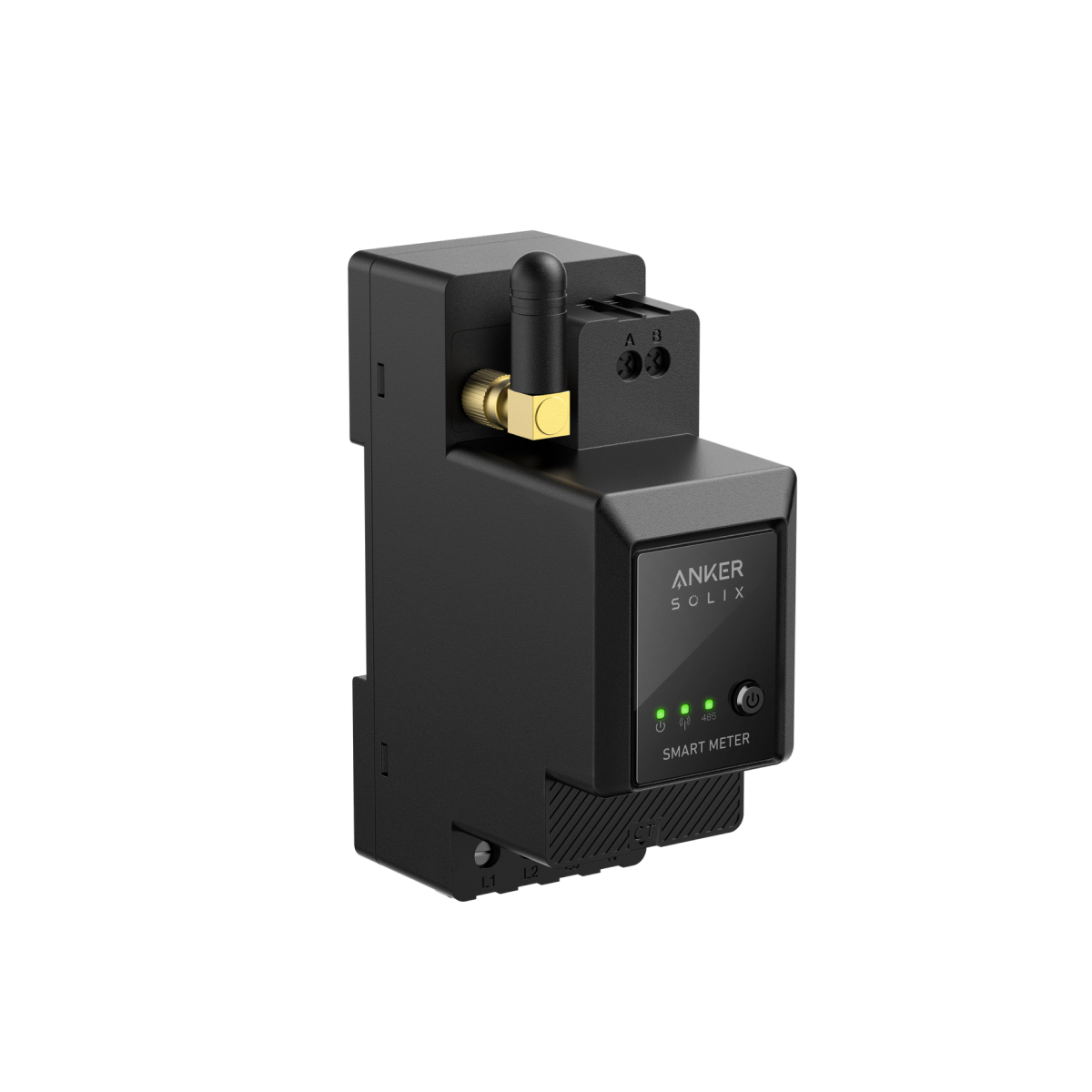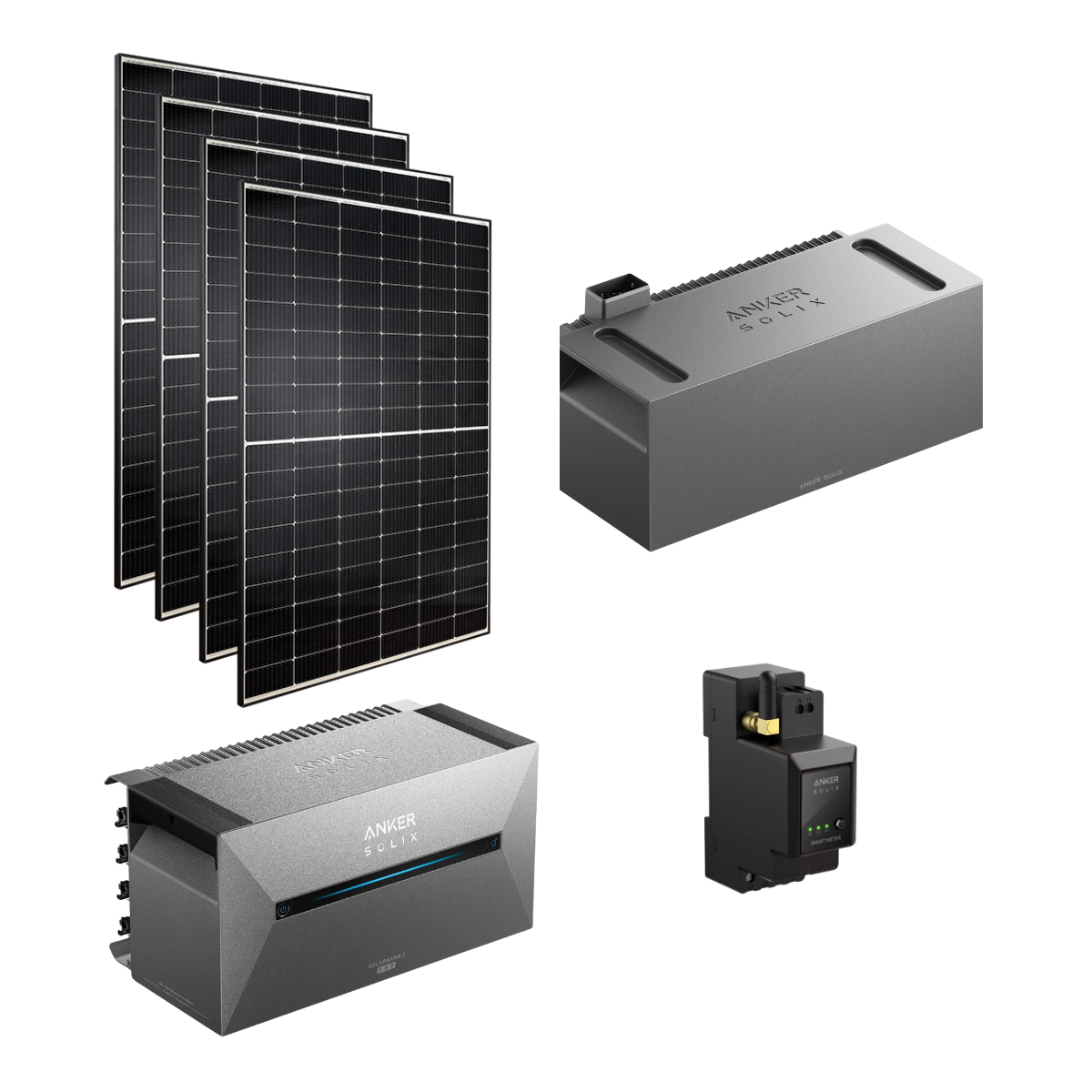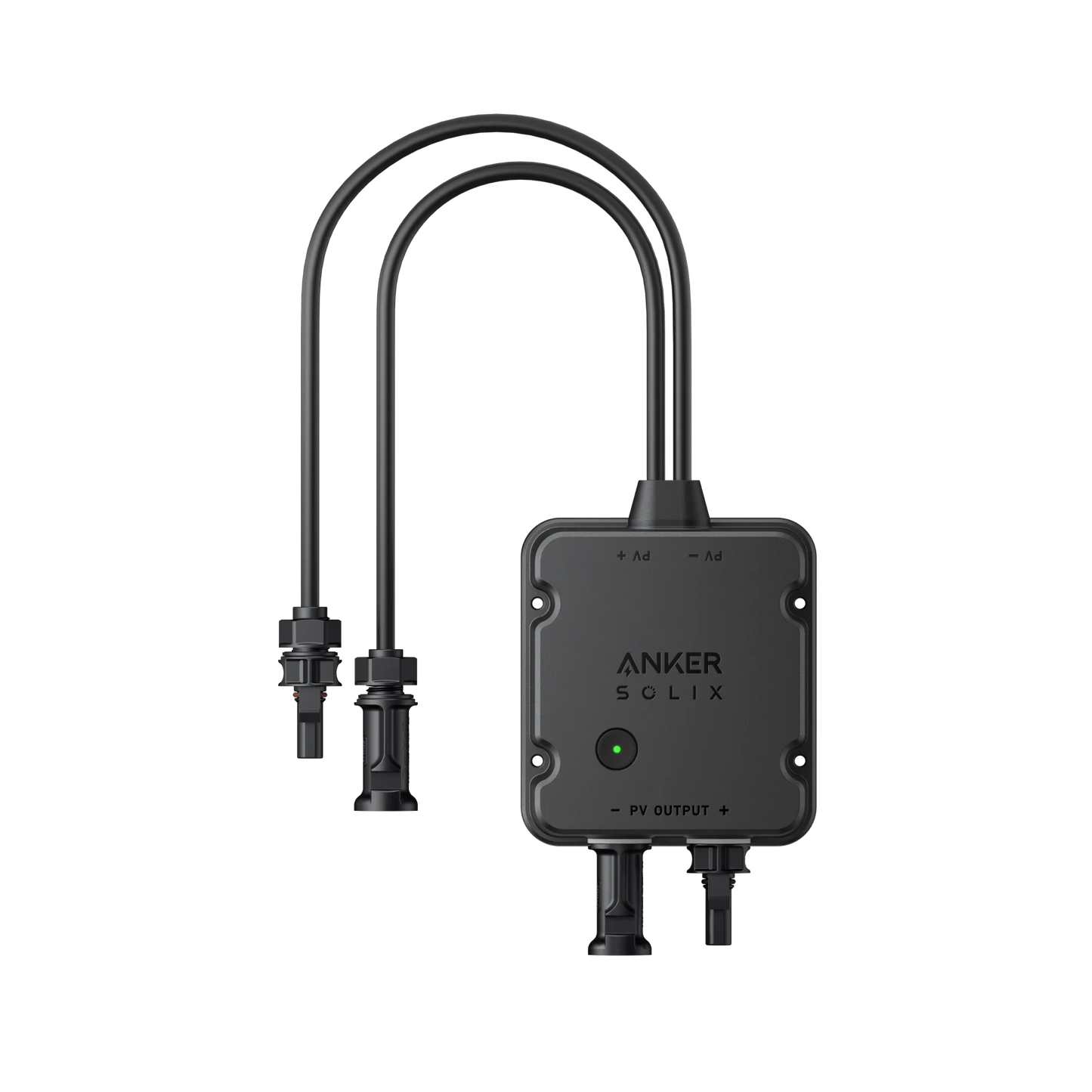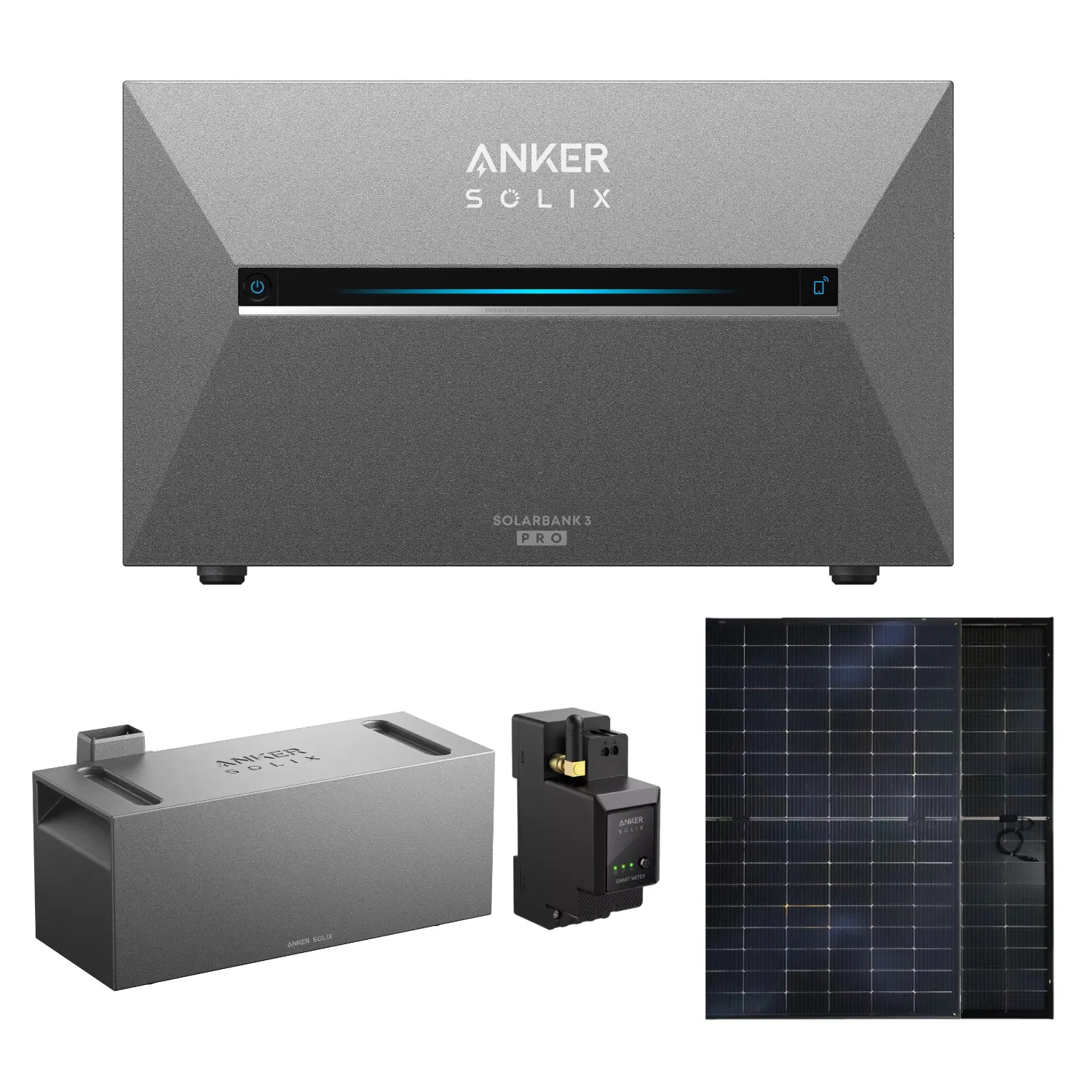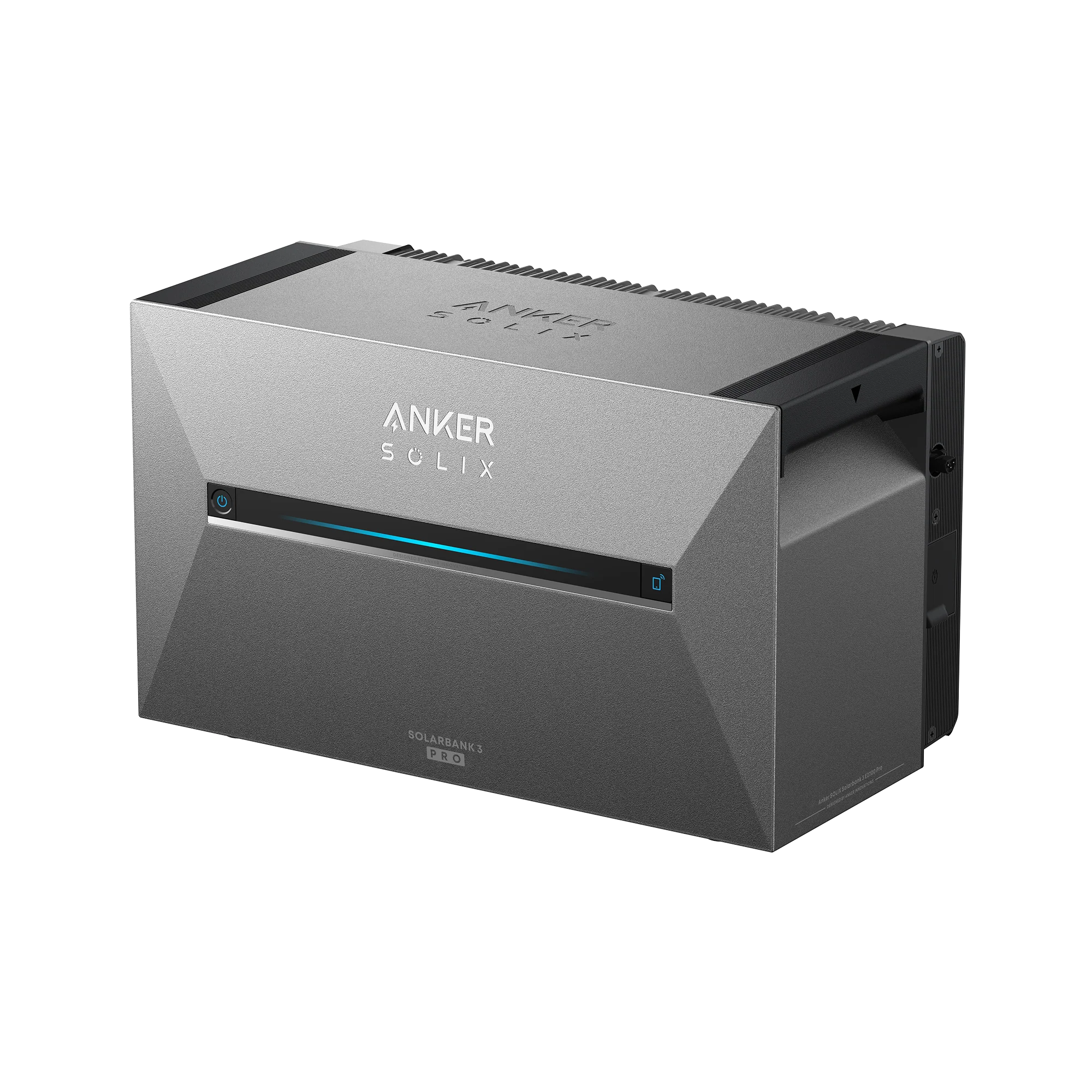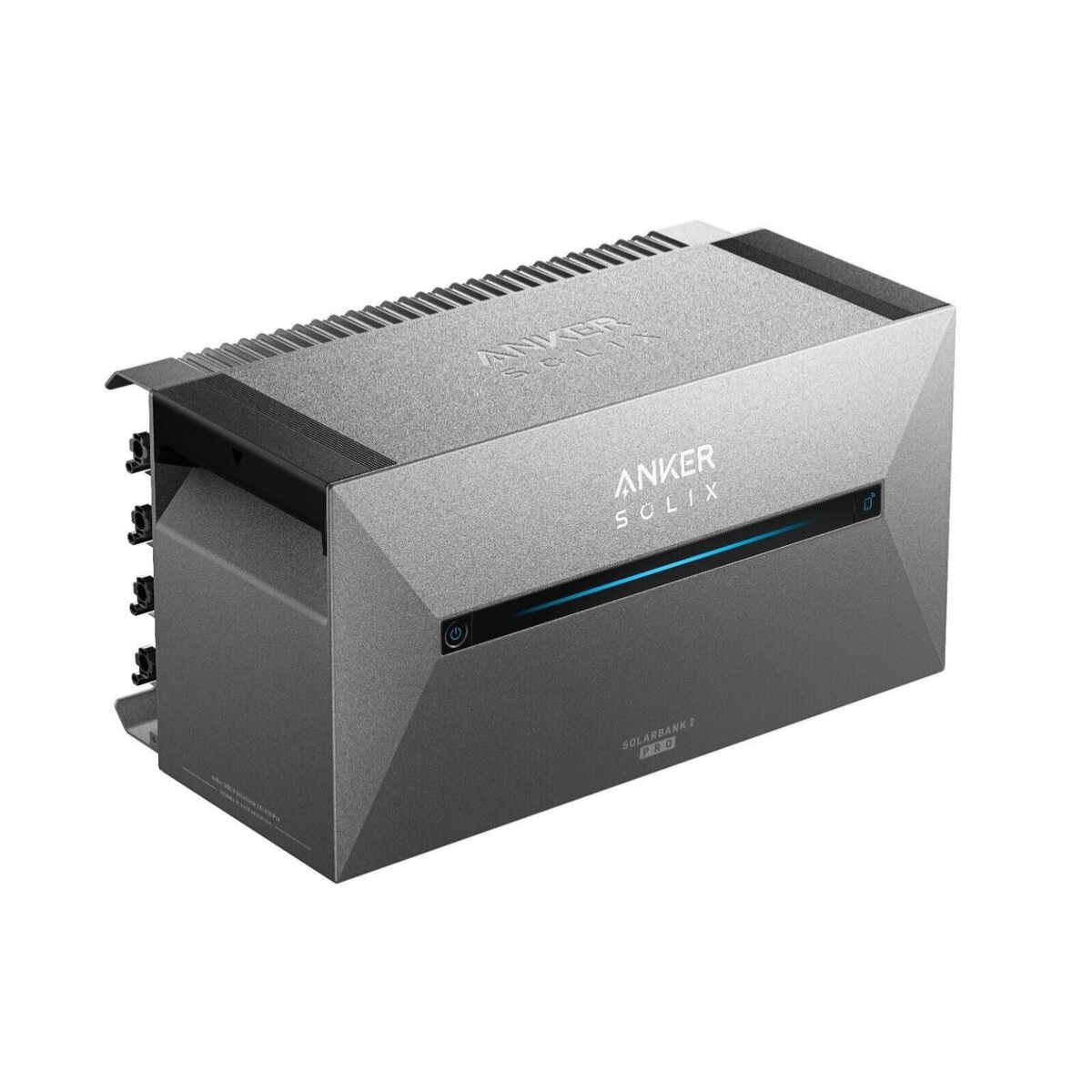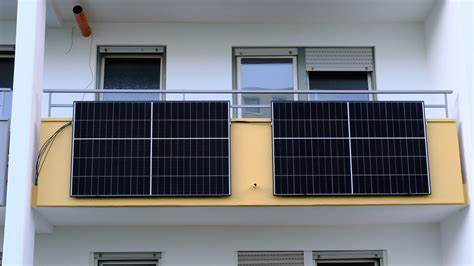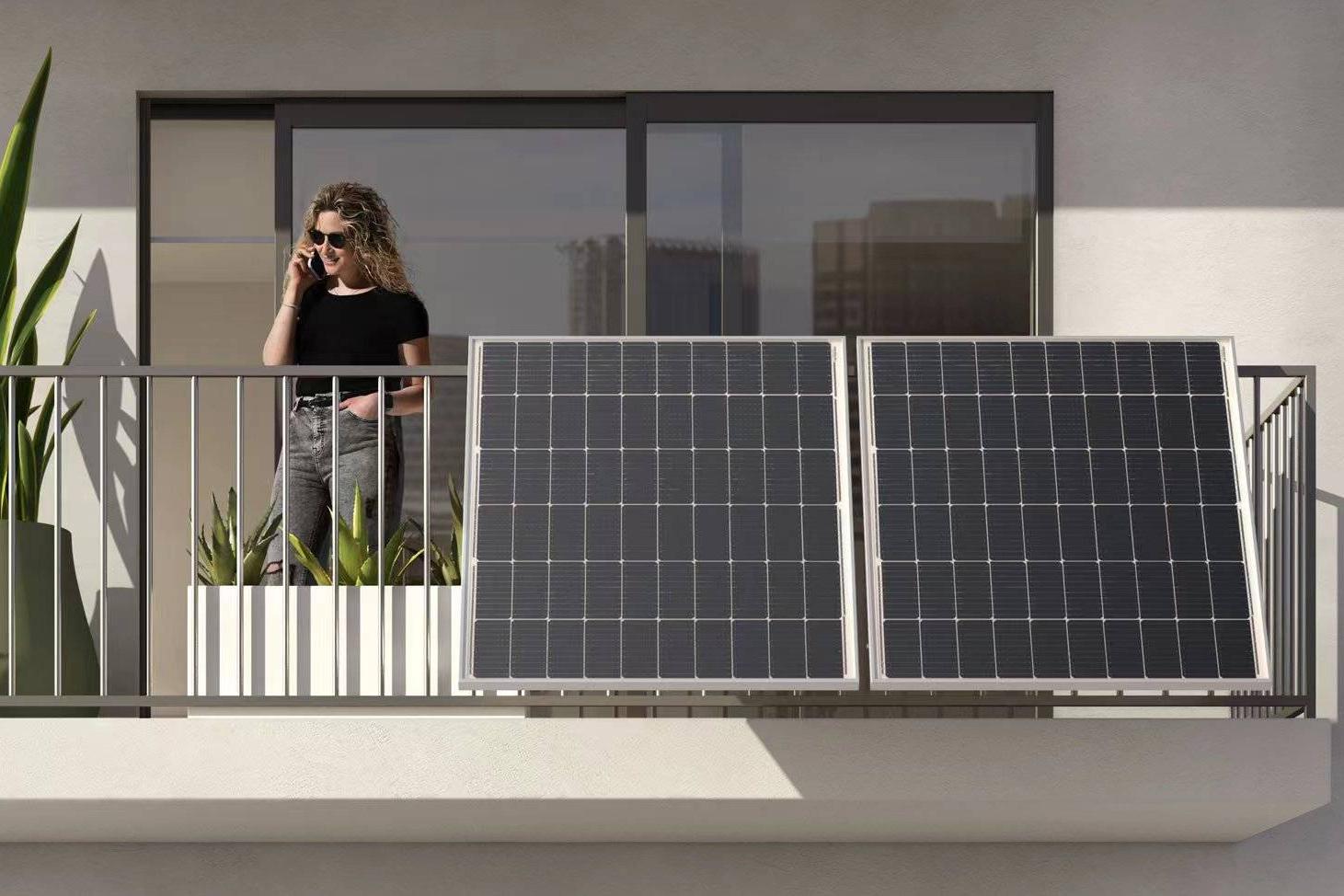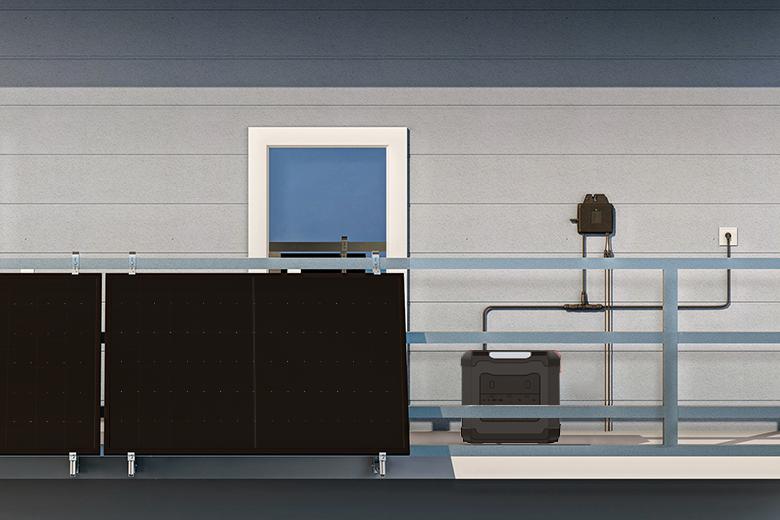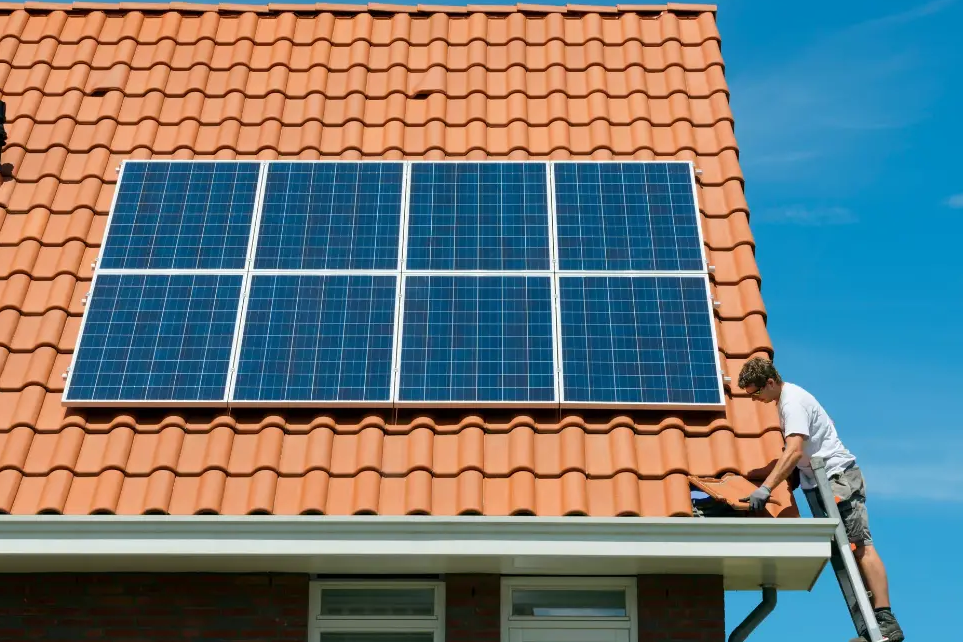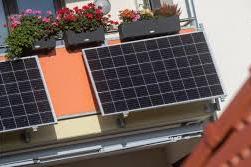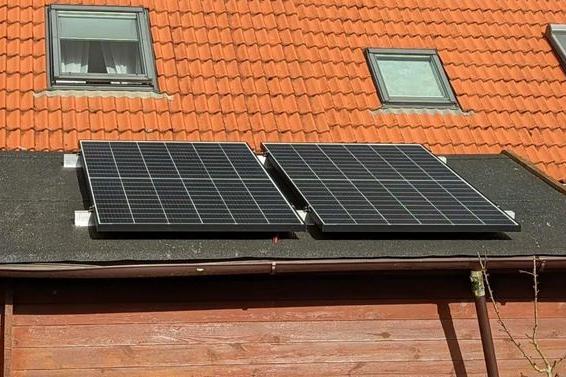Blog & News
Renewable energies in Germany: share & advantages and disadvantages
Renewable energies contribute to climate and environmental protection. They also reduce economic costs and conserve fossil energy resources. In this guide, you'll learn about the advantages and disadvantages of renewable energies and their share in Germany.
First things first
Renewable energy
Renewable energies are natural, inexhaustible energy sources such as wind, sun and water.
Funding
Germany promotes renewable energies through laws and financial incentives.
Renewable Energy Act
The Renewable Energy Sources Act promotes the expansion of renewable energies in Germany.
Disadvantages
Higher costs, intermittent availability, landscape and environmental influences.
What are renewable energies?
Renewable energies are energy sources that are continuously renewed or come from inexhaustible natural sources such as the sun and wind. Renewable energies are environmentally friendly and reduce greenhouse gas emissions.
What renewable energies are there?
The most commonly used renewable energies are wind power and solar energy in the form of photovoltaics and solar thermal energy. Other renewable energies include geothermal energy, hydropower, and ocean energy. Renewable energy is also generated in the form of bioenergy. This includes solid and liquid biomass such as wood, biodiesel, and biogas.
What is the Renewable Energy Sources Act?
The Renewable Energy Sources Act (EEG) is an instrument that regulates electricity generation from renewable energies. It came into force in 2000 and has been updated several times since then. The aim of the EEG is to increase the share of renewable energies in electricity in Germany to 80% by 2030.
What is the share of renewable energies in Germany?
In the first half of 2023, the share of renewable energies in Germany was approximately 52% of gross electricity consumption. When the Renewable Energy Sources Act (EEG) was introduced, the share was only 6.3%. In 2021, the share shrank from 45.3% in 2020 to just 41% in 2021. Since then, the expansion of renewable energies has grown rapidly again.
Source: Working Group on Renewable Energy Statistics (AGEE-Stat)
Germany compared to other countries
In 2022, the installed capacity of renewable energy plants in Germany was around 148 gigawatts. This puts Germany far behind the leader, China, whose installed capacity of renewable energy was almost 1,200 gigawatts. Germany ranked fifth in 2022, behind China, the USA, Brazil, and India.
Source: IRENA @ Statista 2023
Germany aims to become climate-neutral by 2045. To achieve this, the expansion of renewable energies must increase significantly. The goal is to cover at least 80% of electricity consumption from renewable energies by 2030. The focus of installed renewable energy systems is on wind and solar power.
What does 65 percent renewable energy mean?
The new amendment to the Building Energy Act (GEG) stipulates that all new heating systems must use 65% renewable energy starting January 1, 2024. The goal is to reduce dependence on fossil fuels in the building sector.
There is no immediate obligation to replace existing fossil-fuel heating systems with renewable energy systems. Oil- or natural gas-fired heating systems commissioned before 2024 will continue to be used. If a fossil-fuel heating system fails after 2024 and requires repair, it may be restarted.
The German federal government provides subsidies for renewable energies to make their expansion more accessible and accelerate it.
Are renewable energies supported in Germany?
In Germany, renewable energies are promoted through the Kreditanstalt für Wiederaufbau (KfW) and the Federal Office for Economic Affairs and Export Control. The most comprehensive funding program is the Credit 270 KfW, which supports renewable energies for electricity and/or heat generation with up to €150 million.
Depending on the application, further funding programs available:
- Photovoltaics: In addition to the KfW 270 loan, the zero-tax rate has been available since January 1, 2023. This means that no sales tax is charged on the purchase of a PV system and associated components. A feed-in tariff of up to 13 cents per kilowatt hour is also available. Additional state-specific and municipal subsidies are available depending on the location.
- Heat pumps: A separate KfW subsidy has been established for this, the KfW Loan 261. This provides a loan of up to €150,000 with a repayment subsidy of up to €67,500. Another option is the "Federal Funding for Efficient Buildings - Individual Measure (BEG EM)" subsidy. This subsidizes up to 40 percent of the eligible costs.
What are the advantages and disadvantages of renewable energy?
Renewable energies are fundamental to climate neutrality because they significantly reduce emissions compared to conventional energy sources. Their implementation is expensive and requires significant investments in facilities, grids, and other infrastructure.
| Advantages of renewable energies | Disadvantages of renewable energies |
| Reducing emissions | high investment costs |
| secure resources | limited availability |
| Security of supply | Environmental pollution |
| local value creation | |
| new jobs |
Advantages of renewable energies
The energy transition towards renewable energies helps to ensure a sustainable and secure energy supply in the long term. This transition offers numerous advantageswhich we set out below:
- Reducing emissions: The combustion of coal, oil, and fossil gas releases many climate-damaging greenhouse gases. Renewable energies have a better environmental footprint and produce lower amounts of CO₂. Fossil fuels are responsible for 70% of global emissions. The transition to renewable energies is an important step in combating the climate crisis;
- Secure resourcesRenewable energy sources are abundant. They can meet the entire energy needs of the world's population. Fossil fuels, on the other hand, are limited and are running out. Renewable energies secure future energy supplies.
- Security of supplyRenewable energy reduces dependence on a few suppliers. Renewable energy offers a long-term solution to reduce dependence on costly and uncertain imports from a few suppliers.
- Local added value: Domestic renewable energy producers pay taxes on their income. Regional energy production keeps value creation in the country. Local jobs increase purchasing power and stimulate the economy. More energy producers lead to dynamic competition. This has a positive long-term impact on pricing.
- New jobsRenewable energies will create regional jobs. Studies by the Federal Ministry for Economic Affairs and Energy estimate between 338,600 and 530,000 jobs. However, if only direct jobs are taken into account, the number is between 10,000 and 50,000. The net employment effect in 2050 would be an increase of 230,000 jobs.
Disadvantages of renewable energies
Renewable energies also have some disadvantages:
- High investment costs: The transition from fossil fuels to renewable energy is costly. Until recently, renewable energy sources were at a disadvantage because fossil fuels were heavily promoted and subsidized. However, the situation is changing. Government subsidies now make renewable energy production competitive with fossil fuels for small-scale self-consumption systems.
- Limited availabilityRenewable energy sources fluctuate depending on the availability of the energy source. No sun means no solar power, and no wind means no wind power. Adverse weather conditions lead to energy supply problems, but this is mainly due to storage issues. Fortunately, there are technological innovations that offer practical and affordable solutions for the future.
- Environmental pollutionThe construction of renewable energy facilities often leads to environmental impacts, especially in large-scale projects. Hydropower plants, for example, may harm fish and aquatic plants. Further expansion may affect rare habitats.

